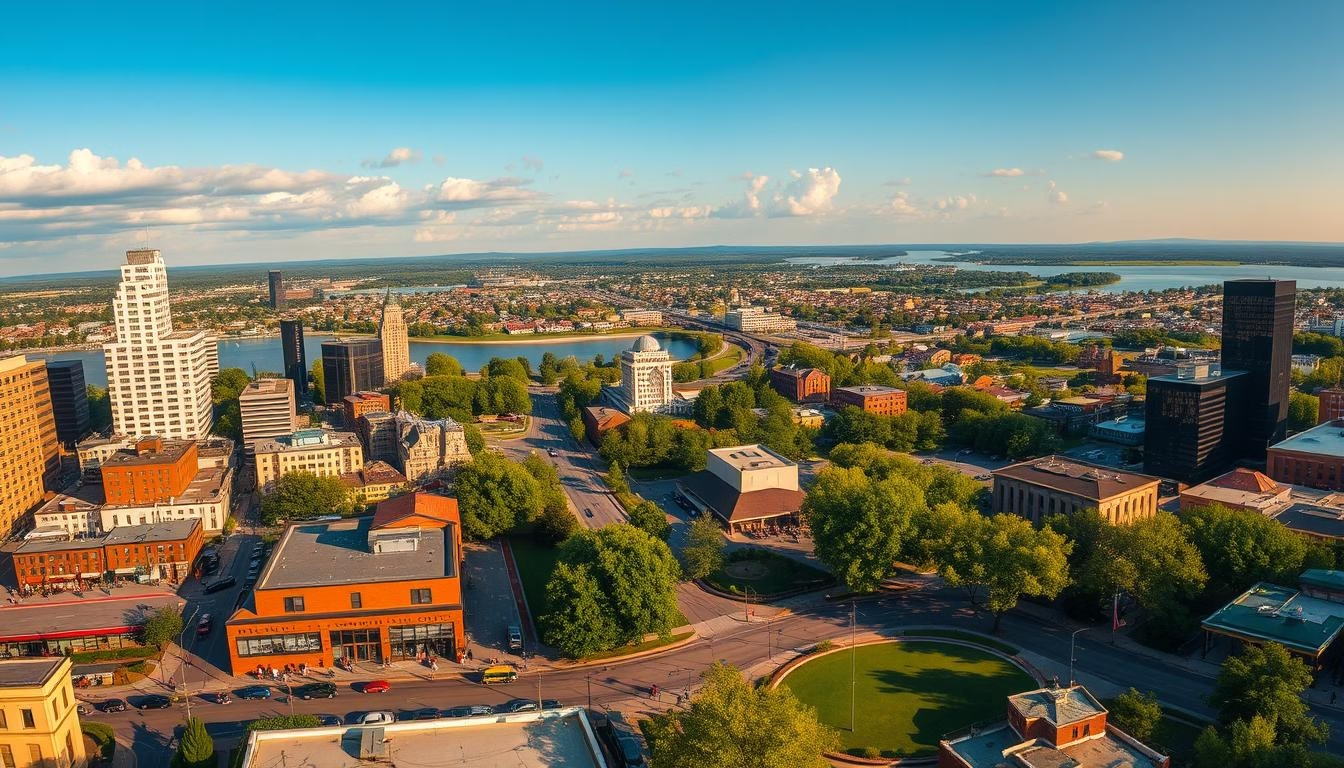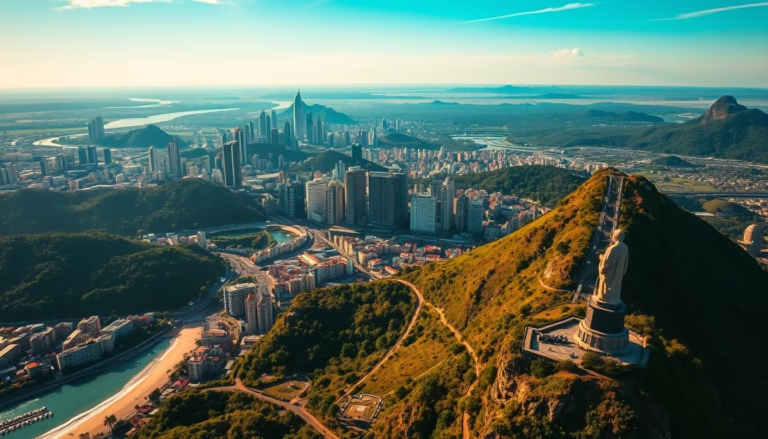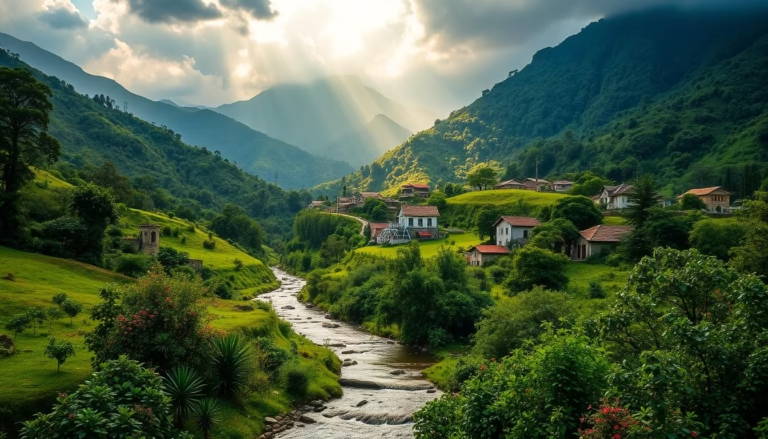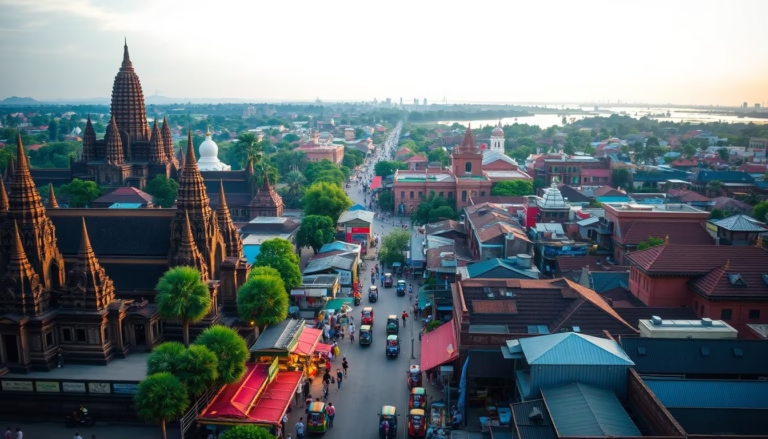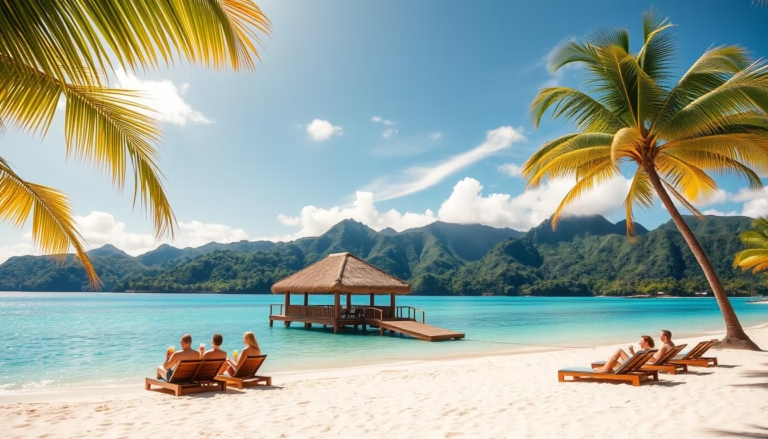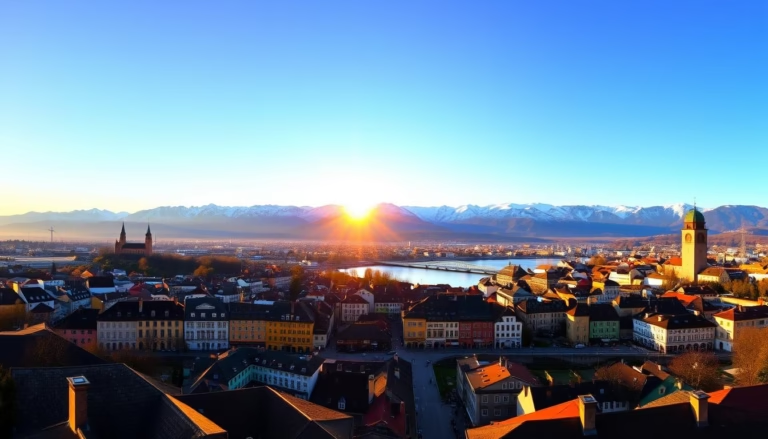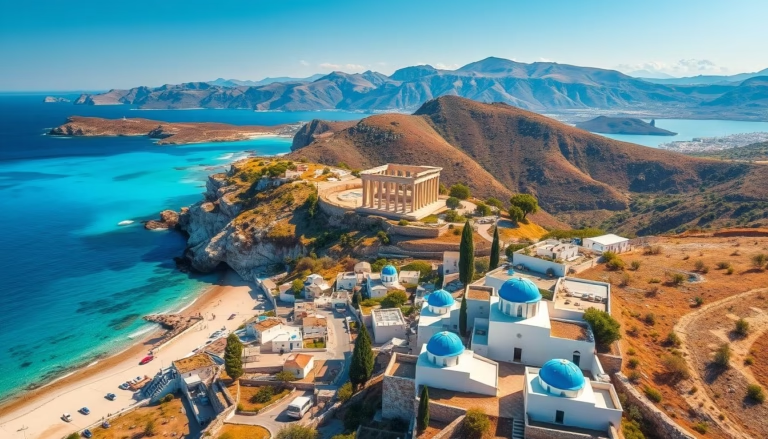Discover the Best Cities in Michigan to Live and Visit
Michigan holds a little-known secret: its 3,288-mile freshwater coastline rivals oceanfront states for scenic beauty. This natural advantage shapes communities where urban energy blends with lakeside tranquility, creating destinations that attract 113 million annual visitors and growing numbers of new residents.
From tech hubs revitalizing historic downtowns to harbor towns offering four-season recreation, the state presents diverse living options. Recent census data shows 68% of Michigan’s population growth concentrates in areas combining economic opportunity with access to nature – a trend reshaping local economies.
What makes these locations stand out? Many balance affordable housing with cultural perks like craft breweries, museums, and year-round festivals. Others excel in education systems or healthcare access, particularly for retirees. The Upper Peninsula’s wilderness retreats contrast sharply with Detroit’s entrepreneurial resurgence, proving there’s truly something for everyone.
Key Takeaways
- Freshwater coastlines influence community development and recreation
- Economic growth concentrates in mixed-use urban centers
- Varied regions cater to different lifestyles and budgets
- Cultural amenities rival larger coastal states
- Population trends favor communities with nature access
- Seasonal activities maintain year-round appeal
Welcome to Michigan’s Urban and Scenic Appeal
Imagine waking up to waterfront views or a bustling downtown—Michigan’s locales provide both in spades. Communities here balance metropolitan energy with natural escapes, whether you’re kayaking along Lake Superior’s cliffs or exploring Grand Rapids’ craft beer scene. This dynamic creates living environments where convenience meets adventure.
Understanding the State’s Diverse Cities
Michigan’s urban areas range from historic industrial hubs to lakeside retreats. Grand Rapids exemplifies this mix, blending art museums with riverfront trails while maintaining a median home price 23% below the national average. Smaller towns like Marquette thrive as year-round destinations, offering skiing and hiking within city limits.
An Overview of Local Lifestyles and Amenities
Revitalized downtowns now feature farm-to-table restaurants and indie boutiques, particularly in college towns like Ypsilanti. Four-season climates mean ice fishing shanties transform into summer concert venues within months. Over 85% of residents live within 15 minutes of parks or water access, making outdoor activities part of daily life.
Exploring the Best Cities in Michigan to Live and Visit
Third-party evaluations consistently spotlight Michigan’s standout communities. Grand Rapids dominates multiple lists, earning national recognition from U.S. News & World Report as a top-20 residential destination. Its #2 statewide ranking reflects strengths in career growth and housing affordability.
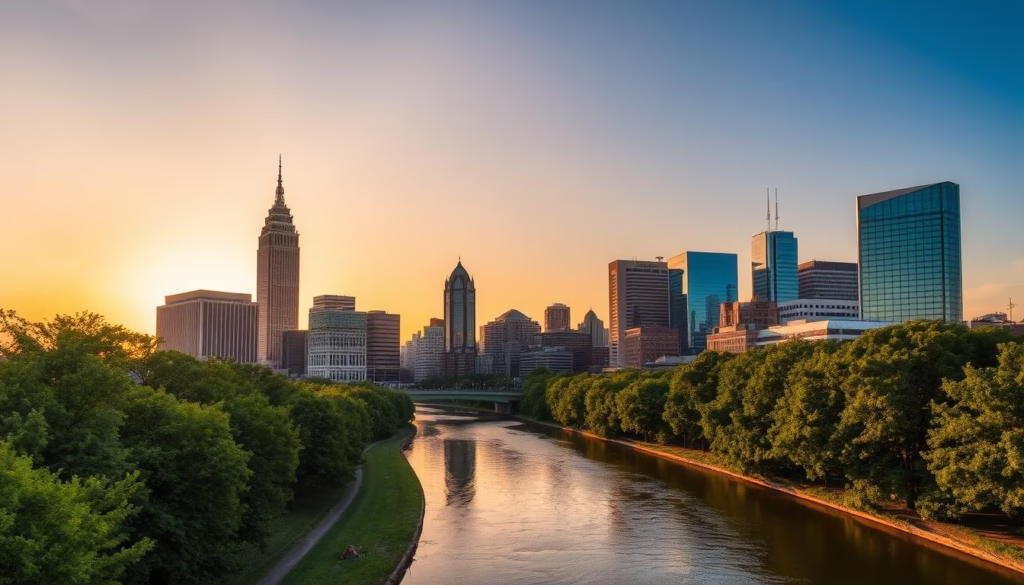
What the Rankings Reveal
LinkedIn’s analysis positions this urban hub as a leader for first-time homeowners and manufacturing opportunities. Neighboring East Grand Rapids offers premium suburban living, with median home values doubling those in central areas. Safety metrics also influence preferences – Sterling Heights recorded Michigan’s lowest violent crime rates in 2022.
Insights from Local Experts and Web Sources
While Traverse City draws vacationers with coastal charm, professionals increasingly favor communities balancing work-life dynamics. “Our cultural attractions rival larger metros,” notes a Grand Rapids urban planner, referencing the city’s thriving arts scene and food markets.
Ann Arbor’s academic energy contrasts with industrial revival stories in smaller towns. Recent surveys show 73% of newcomers prioritize access to nature when choosing locations, explaining why lakeside areas continue gaining residents.
Real Estate Trends and Economic Outlook in Michigan Cities
Recent years have reshaped Michigan’s housing scene, creating both challenges and prospects. Grand Rapids homes surged 53% in value since 2018, while Traverse City properties more than doubled. This growth reflects strong demand from remote workers and expanding industries like healthcare technology.

Housing Market Dynamics and Median Prices
Inventory shortages drive competition across the state. Muskegon offers entry points under $165,000 – rare in today’s market. Meanwhile, Troy’s median price peaked at $417,489 last summer. East Grand Rapids remains a premium choice, with values often exceeding $400,000.
Macomb County illustrates shifting patterns. Prices jumped 60% since 2018, yet rental rates dropped $600 since 2022. This creates unique opportunities for first-time buyers as landlords adjust to market changes.
Rental Rates and Investment Opportunities
Monthly costs vary wildly across regions. Frankenmuth commands $2,200 rents near tourist attractions, while Mackinaw City stays below $700. Sterling Heights saw rates dip to $1,700, attracting young professionals seeking metro area convenience.
Economic diversification strengthens long-term outlooks. Advanced manufacturing and tech careers now complement traditional auto jobs. As one Detroit developer notes: “Our housing markets reflect Michigan’s reinvention – resilient, varied, and full of potential.”
City Lifestyle, Culture, and Recreation
Michigan’s communities thrive through creative connections between residents and their surroundings. Neighborhood farmers markets buzz with locally grown produce, while waterfront trails host sunrise yoga sessions. These shared spaces foster bonds that turn newcomers into lifelong advocates for their chosen hometowns.
Family-Friendly Attractions and Community Vibes
Interactive museums like Grand Rapids’ Children’s Museum spark curiosity across generations. Many towns host free summer concerts in parks equipped with splash pads and climbing walls. Top-rated school districts and low-cost recreational leagues make these areas ideal for raising active families.
Seasonal Activities and Outdoor Adventures
Lake Michigan’s sandy shores transform into ice-covered wonderlands each winter, perfect for cross-country skiing. Come summer, kayakers paddle past Sleeping Bear Dunes while cyclists explore Traverse City’s cherry orchards. Four distinct seasons ensure there’s always a new way to engage with nature’s playground.
From art walks to apple festivals, Michigan’s calendar overflows with events celebrating local heritage. Discover why top-ranked communities here blend opportunity with an unmatched passion for lakeside living.
FAQ
What makes Michigan a great place for families?
Which areas balance affordability with amenities?
Where should young professionals consider settling?
What outdoor adventures are available year-round?
How do urban and rural living costs compare?
FAQ
What makes Michigan a great place for families?
Communities like East Grand Rapids and Ann Arbor offer top-rated schools, safe neighborhoods, and parks. Family-friendly festivals, farmers markets, and access to Lake Michigan’s beaches add to the appeal.
Which areas balance affordability with amenities?
Lansing and Kalamazoo provide lower median home prices (around 0K) while still offering cultural attractions, colleges like MSU, and easy access to trails. Smaller towns like Holland also blend charm with budget-friendly options.
Where should young professionals consider settling?
Detroit’s revitalized downtown and Grand Rapids’ growing tech scene attract career-focused residents. Both cities feature coworking spaces, craft breweries, and networking events tailored to early-career adults.
What outdoor adventures are available year-round?
Traverse City is a hotspot for kayaking, cherry orchards, and winter skiing. The Upper Peninsula’s Pictured Rocks National Lakeshore offers hiking, while Metro Detroit’s riverfront paths cater to cyclists.
How do urban and rural living costs compare?
Cities like Ann Arbor have higher rents (averaging
FAQ
What makes Michigan a great place for families?
Communities like East Grand Rapids and Ann Arbor offer top-rated schools, safe neighborhoods, and parks. Family-friendly festivals, farmers markets, and access to Lake Michigan’s beaches add to the appeal.
Which areas balance affordability with amenities?
Lansing and Kalamazoo provide lower median home prices (around $200K) while still offering cultural attractions, colleges like MSU, and easy access to trails. Smaller towns like Holland also blend charm with budget-friendly options.
Where should young professionals consider settling?
Detroit’s revitalized downtown and Grand Rapids’ growing tech scene attract career-focused residents. Both cities feature coworking spaces, craft breweries, and networking events tailored to early-career adults.
What outdoor adventures are available year-round?
Traverse City is a hotspot for kayaking, cherry orchards, and winter skiing. The Upper Peninsula’s Pictured Rocks National Lakeshore offers hiking, while Metro Detroit’s riverfront paths cater to cyclists.
How do urban and rural living costs compare?
Cities like Ann Arbor have higher rents (averaging $1,800/month) but more job diversity. Rural regions, such as Marquette County, offer cheaper housing but may require longer commutes for specialized careers.
Which destinations attract both tourists and locals?
Mackinac Island’s car-free streets and historic sites draw visitors, while residents love its slower pace. Frankenmuth’s Bavarian-themed shops and year-round festivals also blend local culture with tourist appeal.
,800/month) but more job diversity. Rural regions, such as Marquette County, offer cheaper housing but may require longer commutes for specialized careers.
Which destinations attract both tourists and locals?
Mackinac Island’s car-free streets and historic sites draw visitors, while residents love its slower pace. Frankenmuth’s Bavarian-themed shops and year-round festivals also blend local culture with tourist appeal.
